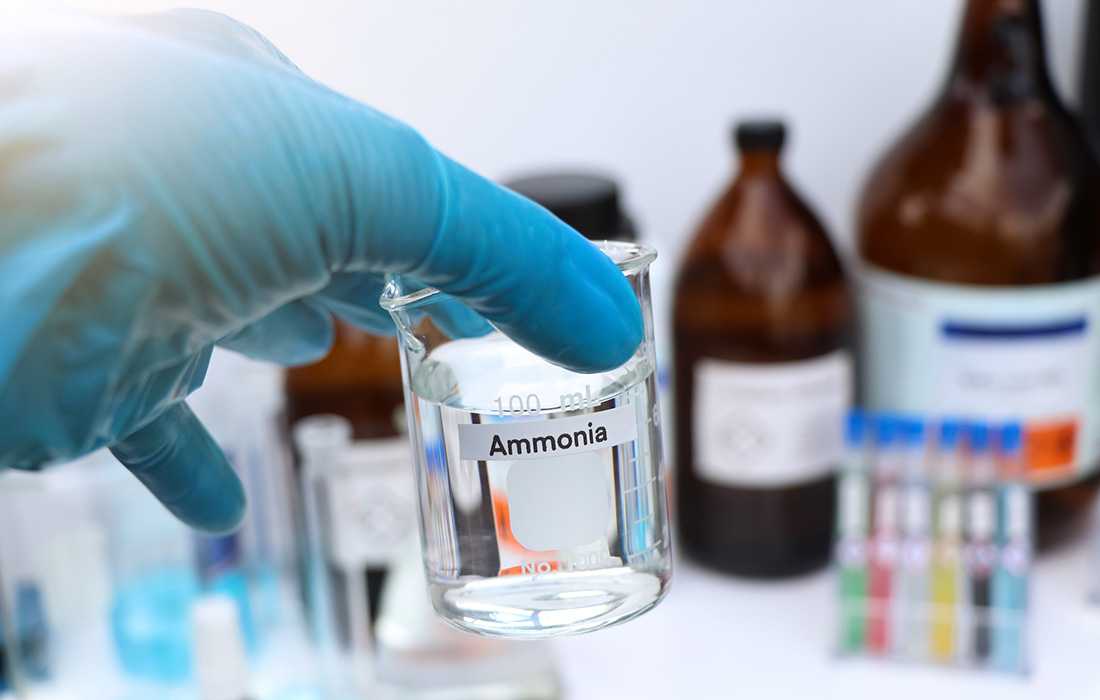
24 دسامبر Ammonia
Ammonia (NH3) is a colorless, pungent gas composed of nitrogen and hydrogen. It is a compound that occurs naturally in the environment and is also produced through industrial processes.
Here are some key points about ammonia:
Production: Ammonia can be produced through the Haber-Bosch process, which involves the reaction of nitrogen gas (N2) and hydrogen gas (H2) under high pressure and temperature in the presence of a catalyst. Ammonia is also generated through biological processes, such as decomposition of organic matter and the metabolism of living organisms.
Uses: Ammonia has various industrial applications, including:
Fertilizer Production: Ammonia is a key component in the production of nitrogen-based fertilizers, such as ammonium nitrate and urea. These fertilizers provide essential nitrogen for plant growth.
Chemical Manufacturing: Ammonia serves as a precursor for the production of numerous chemicals, including nitric acid, ammonium sulfate, and various organic nitrogen compounds.
Refrigeration: Ammonia is used as a refrigerant in industrial refrigeration systems due to its high heat absorption capacity. It is also employed in cold storage and ice-making facilities.
Cleaning Agents: Ammonia-based cleaners are used for household cleaning purposes, particularly on glass surfaces and stainless steel.
Properties: Ammonia is highly soluble in water, and when dissolved, it forms an alkaline solution. It has a distinctive, sharp odor that is often associated with cleaning solutions. Ammonia is lighter than air and can form explosive mixtures when combined with certain substances, such as flammable gases.
Safety Considerations: Ammonia is toxic and can be harmful to humans and animals if inhaled or ingested in high concentrations. It can cause respiratory irritation, eye irritation, and skin burns. Proper handling, storage, and ventilation are crucial when working with ammonia to ensure safety.
Environmental Impact: Ammonia emissions, particularly from agricultural activities and industrial processes, can contribute to air and water pollution. Ammonia can react with other pollutants in the atmosphere to form particulate matter and contribute to the formation of smog. It can also enter water bodies and contribute to eutrophication if excessive amounts are present.
In summary, ammonia is a compound composed of nitrogen and hydrogen. It is used in the production of fertilizers, chemicals, refrigeration systems, and cleaning agents. While ammonia has important industrial applications, proper handling and control of its emissions are necessary to ensure safety and minimize environmental impacts.

بدون ديگاه